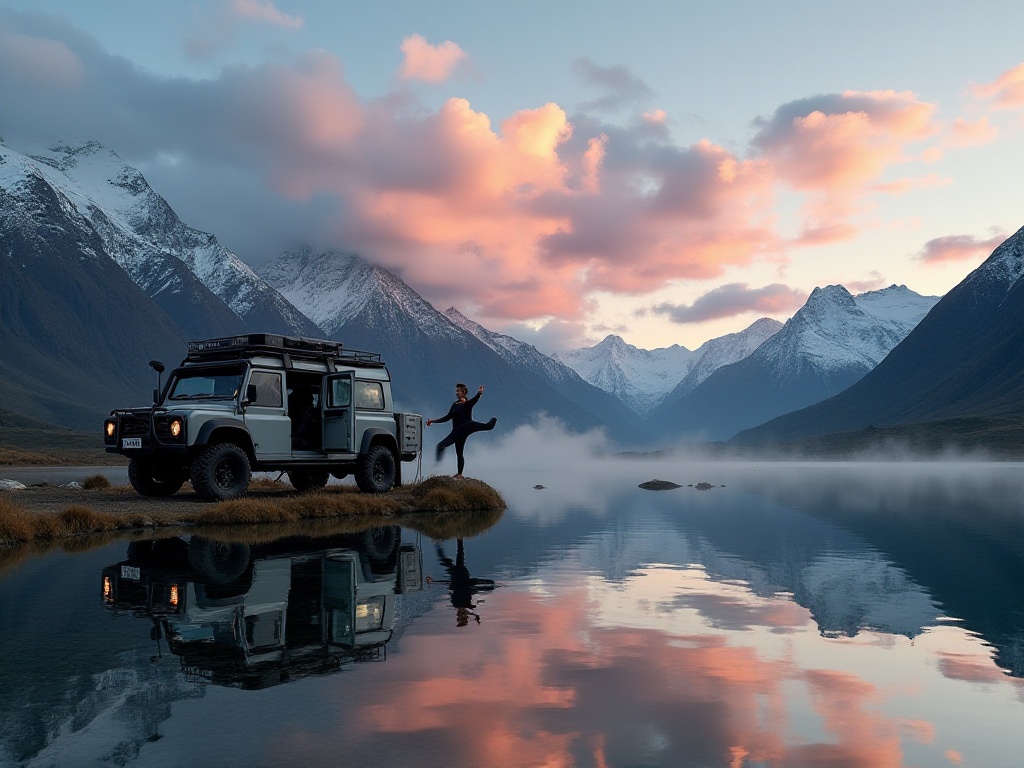Pre-Trip Preparation
As a travel blogger who has explored many places over the years, I've always been fascinated by the magical land of Australia. Australia not only has unique natural landscapes but also rich cultural heritage and amazing wildlife resources. In the latter half of last year, I finally made up my mind to embark on this solo driving journey along Australia's east coast.
When preparing for this trip, I was a bit nervous. Being my first time in Australia, with language barriers, different traffic rules, and having to drive alone, it required quite a bit of courage. However, I made thorough preparations before departure. First was applying for an Australian visa, which went quite smoothly - filling forms online, submitting materials, and receiving the visa in about two weeks. Then came getting an international driver's license, which could be done conveniently at the local vehicle administration office.
To ensure a smooth journey, I specifically downloaded several useful apps: Google Maps offline version, Australian car rental apps, accommodation booking software, and some emergency contact numbers. Considering that mobile signals might be unstable in Australia, I also prepared a portable WiFi device, which proved very helpful later in the journey.
Route Planning
The Pacific coastal route from Sydney to Cairns is renowned as one of Australia's most beautiful driving routes, spanning approximately 2,600 kilometers. The charm of this route lies in how it perfectly connects the highlights of Australia's east coast, allowing you to deeply experience Australia's diversity.
When planning the route, I specifically researched numerous guides and travel journals. I finally decided to complete this journey in 14 days, which would allow enough time without being too rushed while fully enjoying the scenery along the way. My route was: Sydney → Newcastle → Coffs Harbour → Byron Bay → Gold Coast → Brisbane → Sunshine Coast → Fraser Island → Airlie Beach → Hamilton Island → Cairns.
I carefully selected each stop. For instance, Newcastle is Australia's second oldest city with unique historical charm; Coffs Harbour is famous for its iconic Big Banana; Byron Bay is a surfer's paradise. This planning ensured the journey included both cultural experiences and natural exploration.
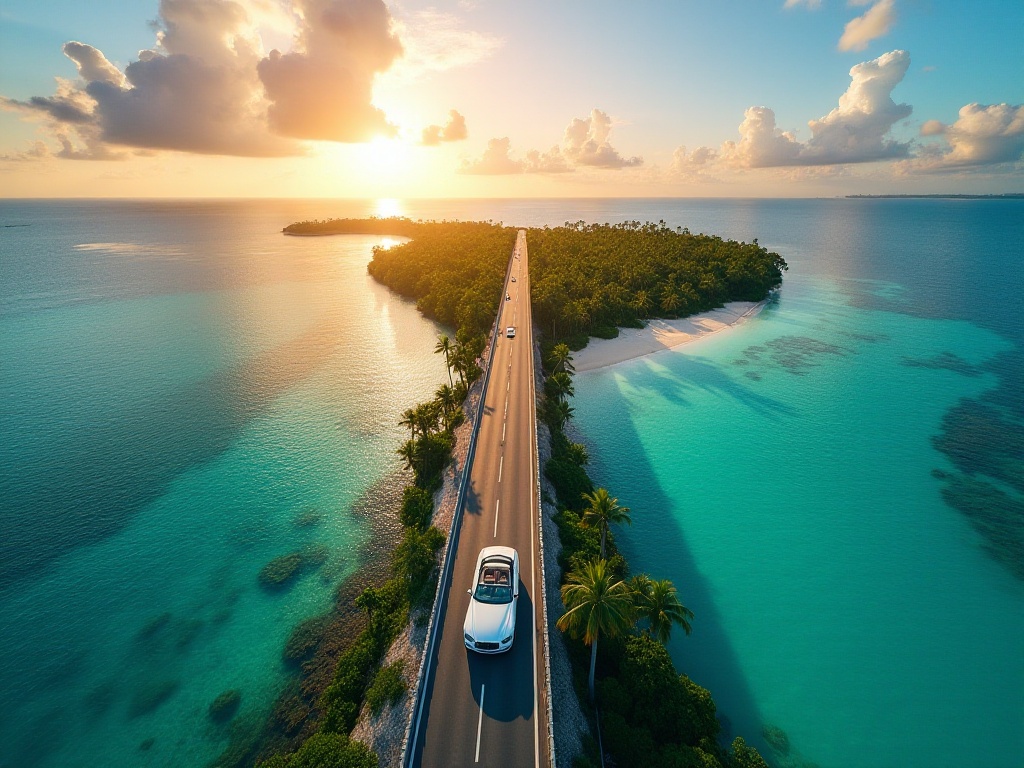
Car Rental Tips
Renting a car was one of the most crucial aspects of this trip. I did extensive research online beforehand, comparing prices and services from various rental companies. I eventually chose a well-known international rental company at Sydney Airport and rented an automatic Toyota Corolla. This model is fuel-efficient, easy to handle, and perfect for long-distance driving.
The rental process was actually quite simple, mainly requiring an international driver's license, passport, and credit card. I chose a package that included full insurance - although it cost more per day, it provided great peace of mind. The rental company staff were very professional, explaining the vehicle's features in detail and specifically reminding me of important points about driving in Australia.
It definitely took some time to adjust to driving on the left side with right-hand drive. My advice is to practice in less crowded areas at first, especially when turning and changing lanes. Also, Australia's speed limits are very strict, so it's essential to follow traffic rules as speeding fines aren't cheap.
Spectacular Attractions
The first stop from Sydney was Newcastle. This city's charm lies in its perfect blend of history and modernity. In the early morning, I made a special trip to Merewether Beach to watch the sunrise. When the first rays of sunlight fell on the golden sand, illuminating surfers in the distance, that stunning beauty left a lasting impression. In the city center, I strolled alongside old tram tracks, experiencing the city's historical transitions.
Coffs Harbour was one of my favorite stops. Not only does it have the famous Big Banana landmark, but also the beautiful Muttonbird Beach. I met a group of local surfing enthusiasts here who warmly invited me to try surfing. Although I fell several times, the thrill of battling the waves was addictive.
The Gold Coast's level of development truly surprised me. Surfers Paradise Beach was crowded with tourists, and the skyline of high-rises gleamed in the sunlight. In the evening, I specially went to a rooftop restaurant for dinner, overlooking the city's night view, which was absolutely breathtaking.
Brisbane impressed me as a very livable city. The artificial beach at South Bank is unique, and I spent a relaxing afternoon there. The tropical plants in the Botanic Gardens opened my eyes, with various unusual species I couldn't name making it a natural botanical museum.
Noosa Beach at the Sunshine Coast was definitely a highlight of the trip. The beach here has fine white sand and crystal-clear water. I rented a paddleboard and spent half a day on the water, and that feeling of being one with nature was amazing.
Fraser Island is the world's largest sand island, with unique natural scenery. I joined a local 4WD team to race along the beach and explore the island's freshwater lakes. The most memorable was meeting wild Australian kookaburras by the lake, which weren't afraid of people and would actively approach for food.
The beauty of Airlie Beach was breathtaking. I stayed there for two nights and walked on the beach every morning. The sunlight here is particularly gentle, and the water color is exceptionally pure. I also joined a Great Barrier Reef snorkeling program, seeing various corals and colorful tropical fish with my own eyes.
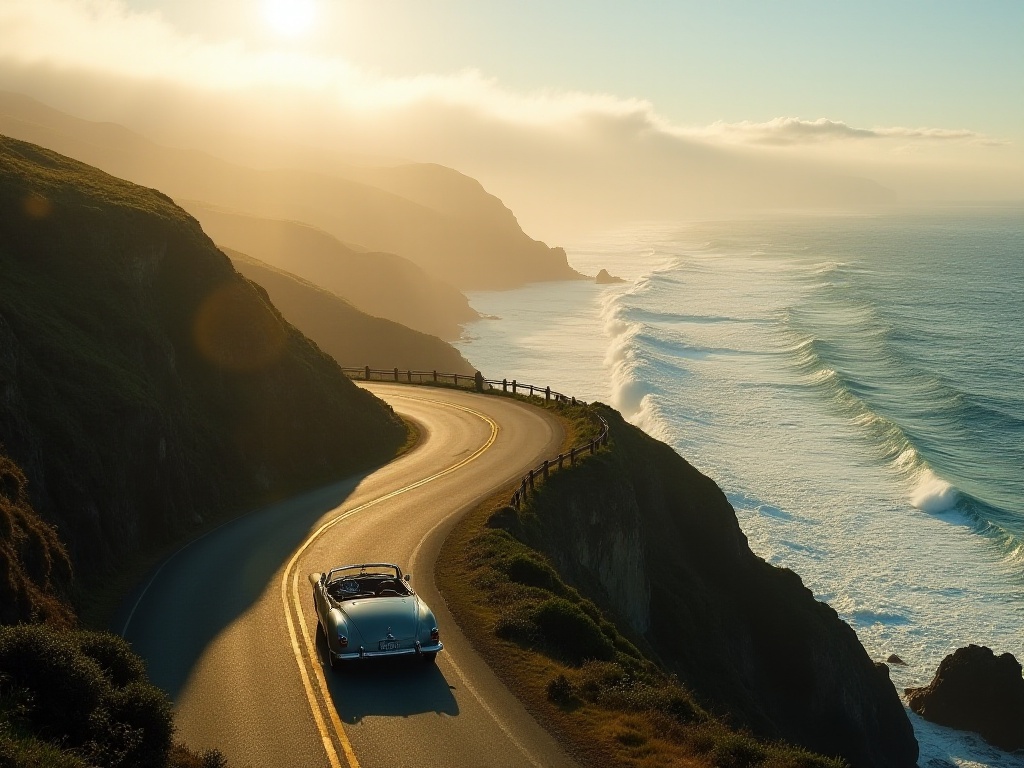
Accommodation Experience
During this trip, I tried various types of accommodation. In big cities, I generally chose hotels, mainly considering safety and convenience. But in smaller towns, I preferred characteristic homestays to better experience local life.
The most memorable stay was at a beachfront homestay in Airlie Beach. The room was right by the sea, and opening the window revealed white sand and blue ocean. In the mornings, I often sat on the balcony watching the sunrise, seeing sunlight gradually cover the entire sea surface - that feeling was simply wonderful.
On Fraser Island, I stayed at an eco-resort. All buildings were constructed with environmentally friendly materials, and at night you could clearly hear the sound of waves and wildlife. The resort also offered many outdoor activities, such as stargazing and wildlife watching.
The youth hostel in Brisbane also left a deep impression. Although it was a dormitory, it was clean and tidy, and I met backpackers from around the world. In the evenings, everyone gathered in the common area to chat and share travel experiences, which was particularly interesting.
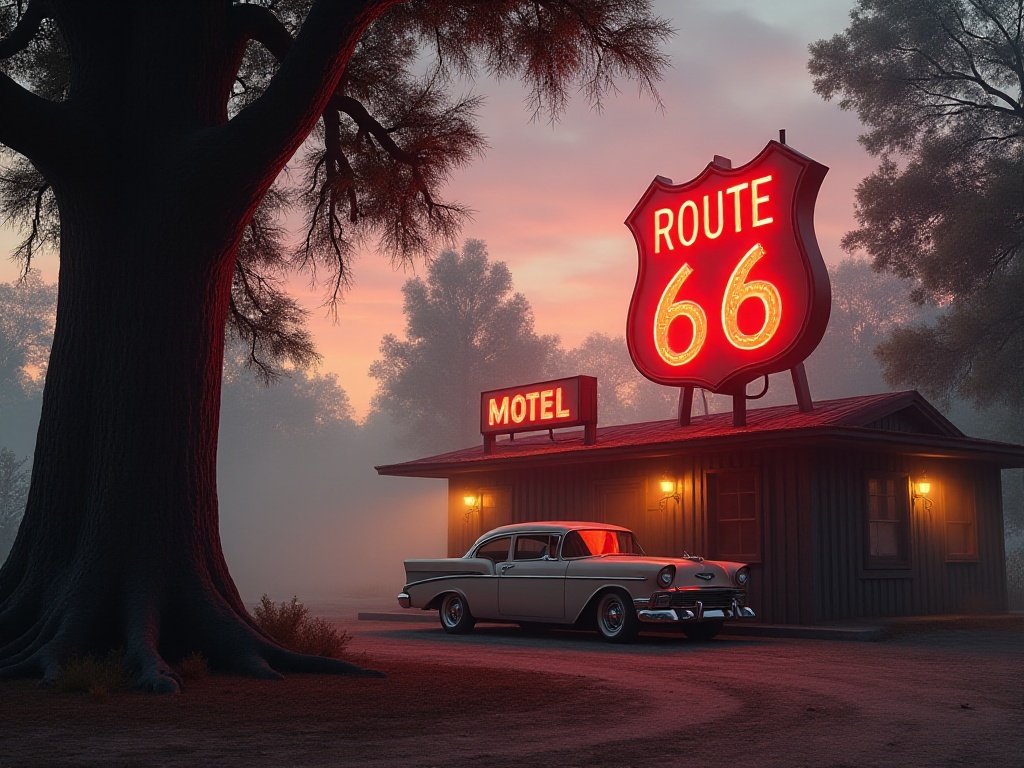
Food Exploration
Australian cuisine really opened my eyes. At the seafood market in Brisbane, I had the freshest oysters ever, and the price was very reasonable - only 12 AUD for a dozen. The market had various seafood I couldn't name, and the staff were all very enthusiastic in introducing them to me.
On the Gold Coast, I discovered the Thai food here was particularly authentic. Perhaps due to the many Asian immigrants, the standard of Asian cuisine was generally high. I especially liked a Vietnamese pho restaurant - their beef pho was more authentic than many places in China.
In Cairns, the tropical fruits drove me crazy. During mango season, fresh mangoes were available everywhere at unbelievably low prices. I also bought dragon fruit, passion fruit, and other tropical fruits at the local farmer's market, each incredibly fresh and sweet.
Coffee culture was another pleasant surprise in Australia. Almost every city has many distinctive cafes, from chains to independent shops, all maintaining good quality. I particularly loved Melbourne-style breakfast cafes, which offered not only great coffee but also exquisite breakfasts.
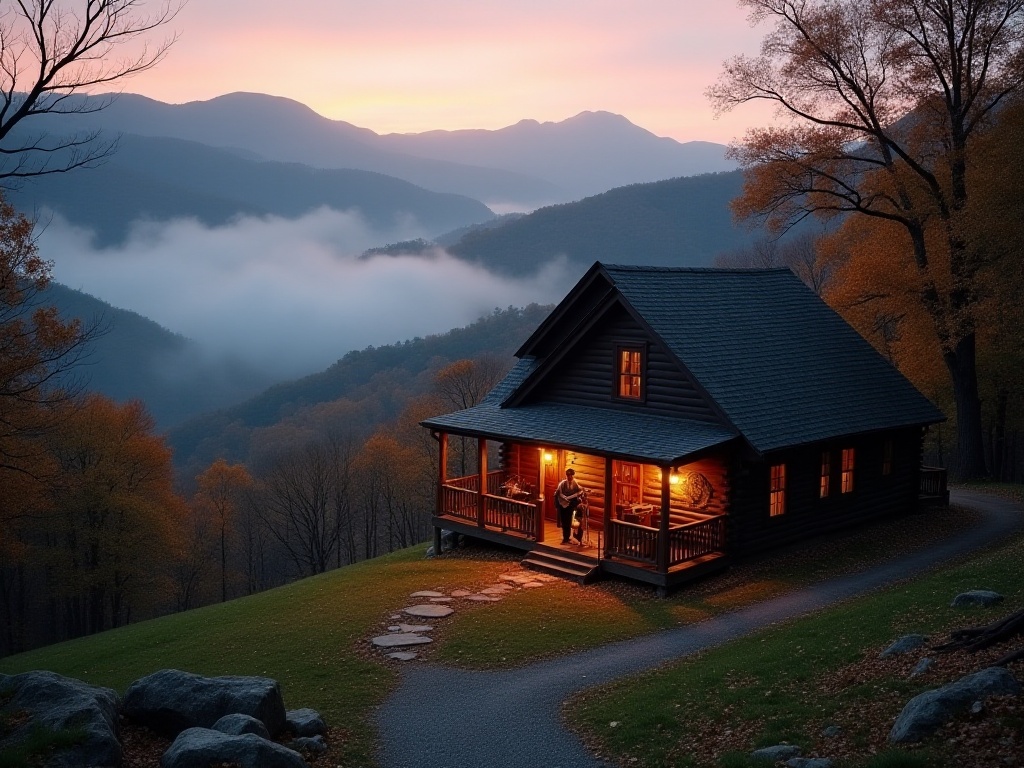
Important Notes
The most important thing to watch out for when driving in Australia is wildlife. Especially at dusk and dawn, kangaroos often suddenly jump out. I encountered this once - while driving, a kangaroo suddenly jumped out from the roadside. Fortunately, I wasn't driving fast and stopped in time.
Also, Australian weather changes need special attention. Sometimes it can be sunny in the morning but suddenly rain heavily in the afternoon. So it's best to keep umbrellas and jackets in the car. In summer, sun protection is particularly important as Australian UV rays are very strong, so proper sun protection measures are essential.
Refueling is another important consideration. In remote areas, gas stations can be far apart, so it's best to keep the tank above half full. I would always check the distribution of gas stations along the route in advance to avoid running low on fuel.
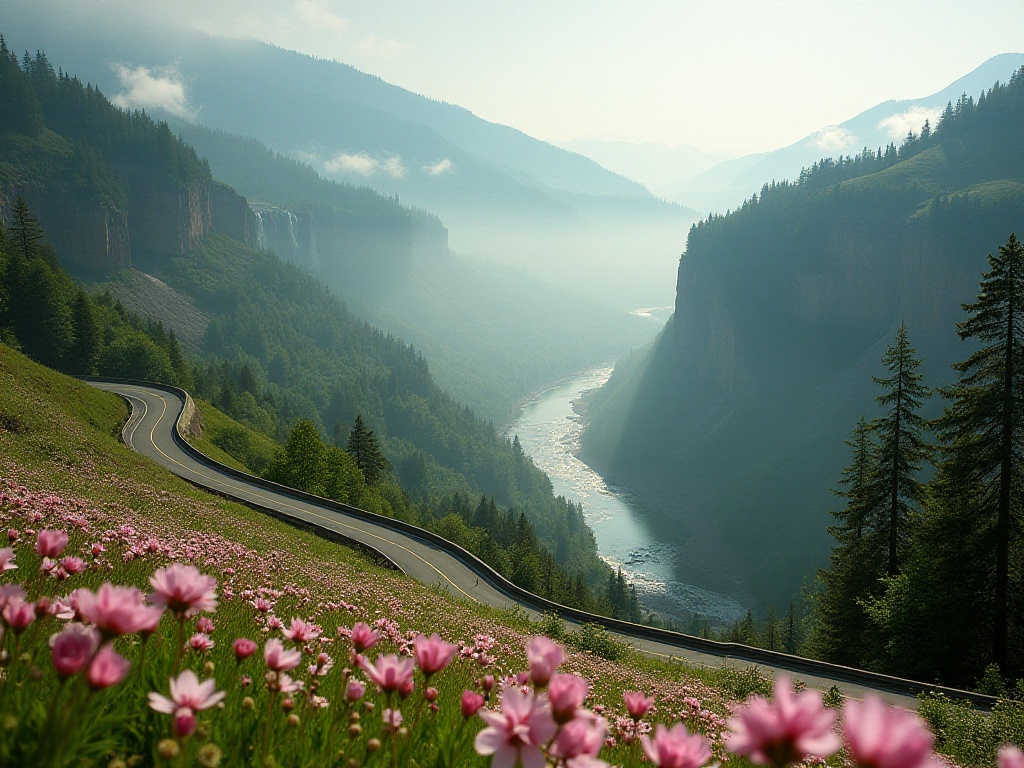
Cost Breakdown
The total cost of this trip did exceed my budget, eventually reaching about 59,000 RMB. The specific breakdown is: round-trip airfare 8,000 RMB, car rental about 21,000 RMB (including insurance), accommodation about 17,500 RMB, dining expenses 7,500 RMB, and other expenses (including attraction tickets, shopping, etc.) about 5,000 RMB.
Although it wasn't cheap, I think it was worth it. After all, this was a rare long-distance driving experience, and Australia's cost of living is naturally high. If you want to save money, you can choose to stay in hostels or cook for yourself. However, I think when you're there, you should enjoy what's worth enjoying.
Journey Reflections
This driving trip left a deep impression on me. Australia's vast territory, from bustling cities to quiet beaches, from rainforests to sand islands, every landscape is stunning. What impressed me most was Australians' respect for and protection of nature. Whether in national parks or urban green spaces, you can see their efforts in environmental protection.
The beauty of traveling alone is that you can arrange your schedule entirely at your own pace. Stop when you want to stop, go when you want to go, without considering others' feelings. On the road, I met many interesting people and heard many fascinating stories. These chance encounters became the most precious memories of the journey.
Driving while listening to music and watching the changing scenery really makes you forget all worries. Especially on those sparsely populated coastal roads, the blue sky, sea, and sunshine created the perfect picture. This feeling is hard to experience in China.
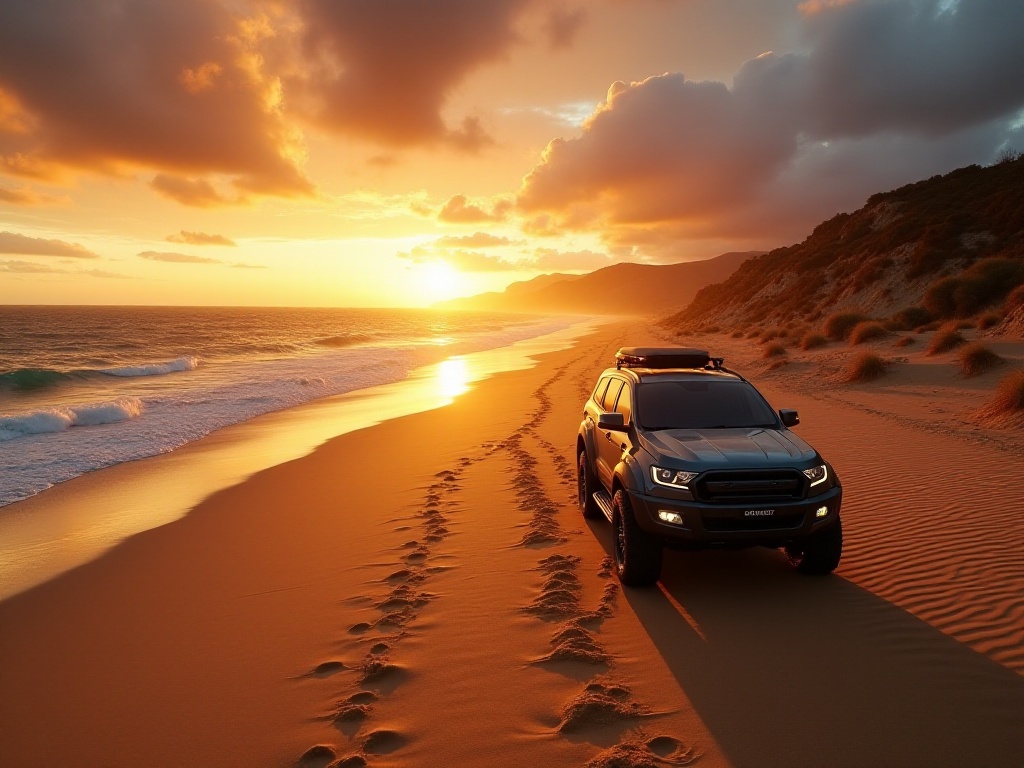
Future Plans
This east coast trip sparked my deep interest in Australia. I've already started planning my next Australian journey, this time challenging the inland route from Adelaide to Darwin. This route crosses Australia's central desert region, with scenery completely different from the east coast, which I believe will be another amazing experience.
The inland journey might be more challenging, requiring a more professional 4WD vehicle and more thorough preparation. But it's exactly this unknown and challenge that makes travel most appealing. I'm already looking forward to my next Australian adventure.
If you also want to take an Australian road trip, my advice is: slow down and really feel every moment along the way. Don't pack your schedule too full; give yourself some room for adjustment. Most importantly, maintain an open and curious mindset to truly immerse yourself in this magical land. After all, the meaning of travel lies not only in the destination but more in the various experiences and feelings along the way.





